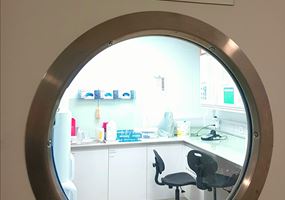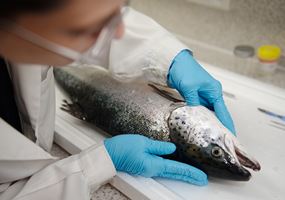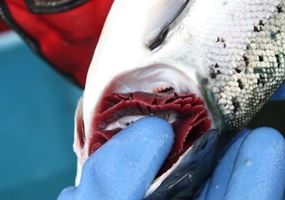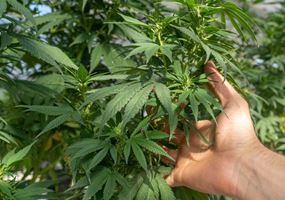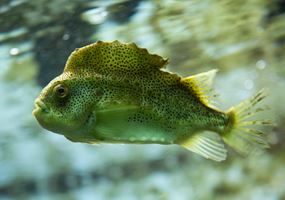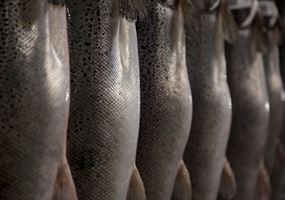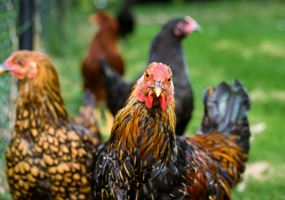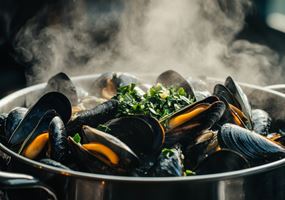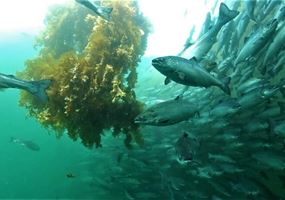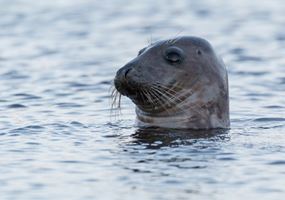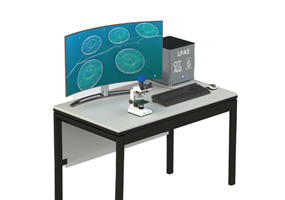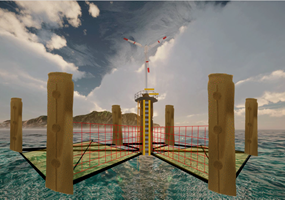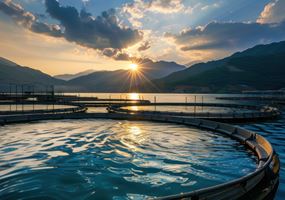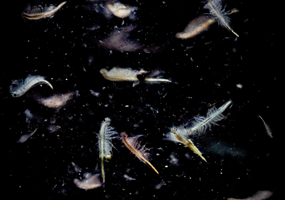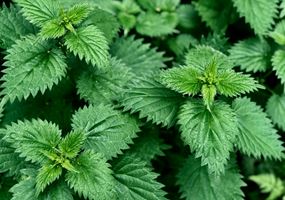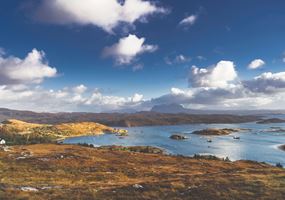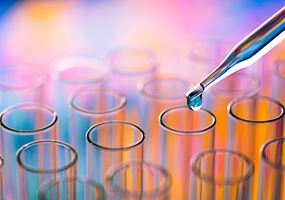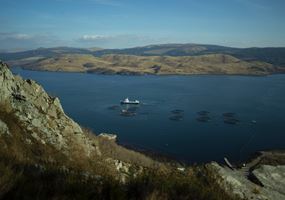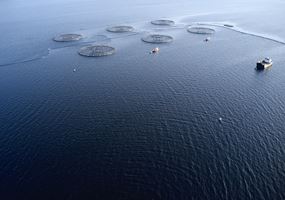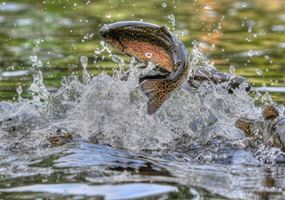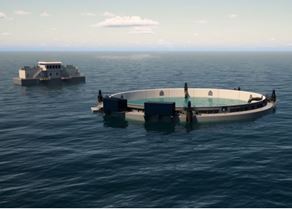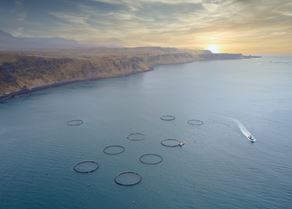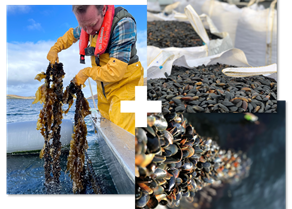Projects
We channel our resources into the areas that will benefit the Scottish aquaculture sector the most, including reducing its environmental footprint and increasing its economic impact.
Sign up to our Newsbites for project updatesOptimising genomic selection in salmon breeding to improve the accuracy and affordabi...
Identification of actions and measures that can be used to prevent, reduce, or treat...
This first look at sustainably sourced hempseed meal as an alternative protein source...
Improved survivability and efficacy of cleaner fish on Scotland’s salmon farms, with...
Improving disease resistance in Atlantic salmon and Rainbow trout to Flavobacterium p...
The primary aim of this project was to drive change and address issues within the UK...
Shell breakage has posed a persistent commercial challenge to the Scottish mussel ind...
KelpRing is an innovative new product to support the successful use of cleaner fish (...
This project has provided evidence that there is no negative impact on non-target mar...
This project built and tested a Live Plankton Analysis System (LPAS) prototype that c...
Exploring a modular approach to renewable energy generation in conjunction with aquac...
This project aimed to develop a rapid biomarker detection assay and mobile laboratory...
This project explored ways to increase the availability of marine ingredients for the...
This project demonstrates that Atlantic salmon be grown on feeds with nettle inclusio...
This project aimed to optimise and validate best practices for the treatment of AGD a...
The 'WraAs OptiVacc' project set out to assess the efficacy of multivalent dip vaccin...
Developing a real-time modelling and prediction tool to minimise the impact of HABs o...
The rapid expansion of the salmon farming sector has been made possible through the a...
This project brings together a unique freshwater aquaculture partnership to improve t...
Industry-academic collaborations
Some of our projects have a lifetime of less than one year, while others are longer-term, multi-partner collaborations of up to three and a half years. Each project unites industry know-how with specialist academic expertise; something that SAIC works hard to encourage by helping forge the necessary connections.
Priority innovation areas
Our work is focused on catalysing and co-funding innovation in the areas identified by the sector as being top priorities. We call them our priority innovation areas – or PIAs for short.
Over the years, the industry’s priorities for innovation have evolved. Therefore, so too have our PIAs. This helps ensure that we continue to deliver maximum benefit from the combined investment being made. SAIC's three PIAs are 1: Finfish health & welfare, 2: Unlocking sector capacity, and 3: Shellfish and other non-finfish species.
